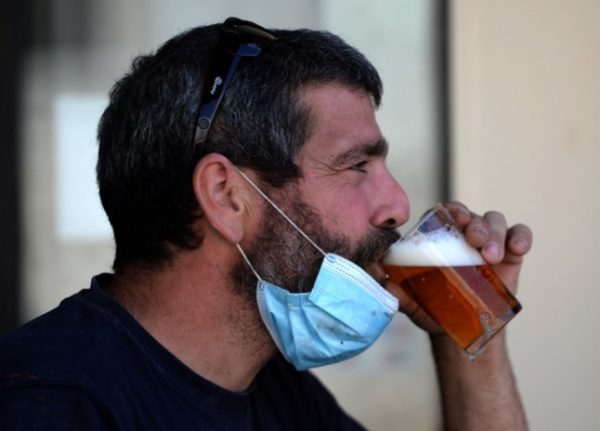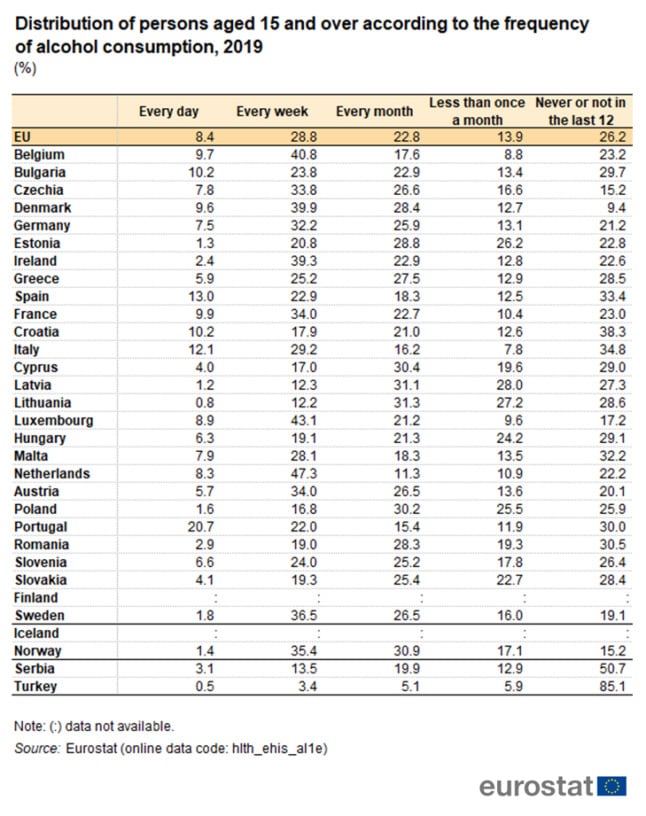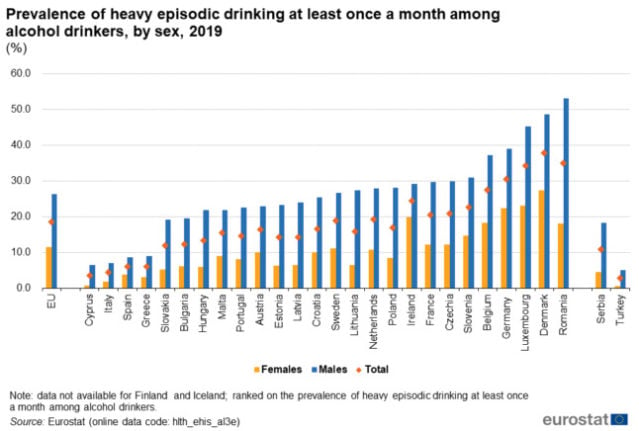Entertainment weekly Nöjesguiden has conducted a mock-survey to determine the best partygoer in Sweden.
The contestants included mega-celebrity Linda Rosing, the blonde bombshell who first became famous in 2003 when she did something naughty on camera while taking part the Big Brother TV reality show.
Some of the other party-going competitors were music journalist Stefan Malmqvist and Ebba von Sydow.
Ebba von Sydow, major-league fashionista and editor-in-chief of VeckoRevyn magazine, was a likely choice because of a highly publicized incident last fall which caused her to be banned from Spy Bar, The White Room and Sturecompagniet.
She was said to have given the owner of those upscale Stockholm nightspots an alcohol shower, an accusation she denied on her blog: “I have not consciously spilled wine on any company director.”
Linda Rosing started her party night with a glass of rosé wine, while Markus first drank a few Budweisers. What a coincidence! This is the same brew featured in a full-page advertisment in that same issue of Nöjesguiden.
When Fagervall discovered that there was an open bar, he followed up with a gin-and-tonic as well as Fernet Menta. Things started to heat up when the fourth bucket of champagne arrived.
The winner of the party competition was Linda Rosing’s companion, musician Markus Fagervall. He won extra points for demonstrating how he could drink champagne without using his hands. This accomplishment was documented with a photo: It wasn’t a pretty sight.
Another party-animal contestant, a musician from Gothenburg named Martin, commented that he was already drunk and it soon wouldn’t be possible to understand what he was saying.
The underlying message is obvious: If you want to be glamourous and regarded as a fun and successful person, order another bucket of champagne and get plastered.
Is Sweden obsessed with booze? It seems to be a passionate love-hate relationship. On the one hand, the role of alcohol as a social enabler is enormous. People can’t dance in this country unless they’re already half-drunk.
At the same time, there is still a monopolistic state-owned network of liquor stores—Systembolaget—which only recently started to allow customers to put the beer, wine and spirits they wanted in their own shopping carts. All alcohol was stored safely behind the counter as if it were TNT or dynamite. It had to be retrieved by a clerk wearing a uniform.
Now that the state-owned liquor company Vin & Sprit is being sold and some of the harsher regulations are dripping away, it would seem that the pendulum has swung in the opposite direction.
It has become high-fashion to drink, thanks in part to the mass-media, that is to say, people like me. Where would we culture vultures be without the alcohol companies, which adore us so much that they are willing to buy adverstising, and sponsor art, music, sports and fashion events?
At the same time, I read in an evening paper that nearly 400,000 children in Sweden now have at least one parent who drinks too much. Even old folks are hitting the bottle. Every fourth Stockholm retiree now consumes alcohol at a hazardous level, according to a recent survey.
The primary target for many booze brands isn’t retirees, of course, but people aged about 18 to 24 years old–the generation which is hooked on music and shopping.
It just so happens that a big block party will take place August 15th on Götgatan, one of the most trendy and fashionable shopping streets in the entire Swedish capital. Dutch beer giant Grolsch is inviting us to the party. All one can say is: Bottoms up!





 Please whitelist us to continue reading.
Please whitelist us to continue reading.